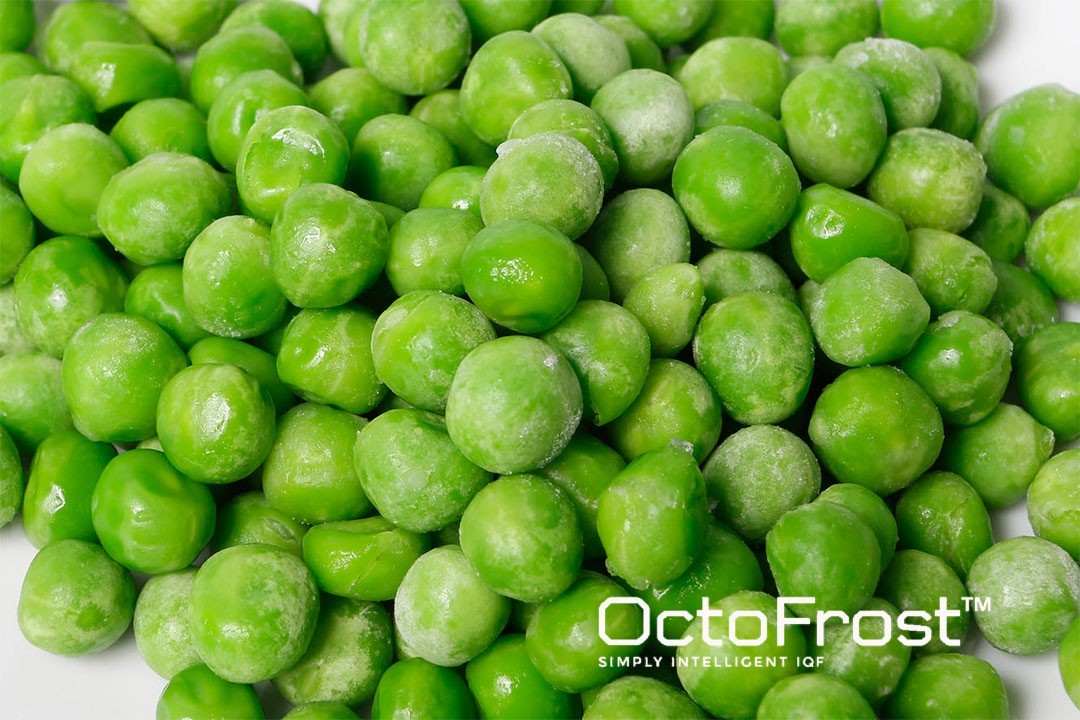
IQF Food: Driving Towards a Sustainable Future
In recent years, there has been a significant surge in the demand for IQF frozen products driven by various factors. Escalating food prices and current inflationary trends have prompted consumers to rethink their shopping habits, seeking out options that are both convenient and cost-effective, with longer shelf lives. This shift in consumer behavior has elevated the appeal of IQF food. Notably, research indicates that frozen products may retain vitamins better than their fresh counterparts, particularly in the case of fruits and vegetables.
Convenience and Quality in IQF Food Processing
Consumer preferences today prioritize products that offer convenience without compromising on taste, texture, and nutritional value. This shift has fueled a significant rise in the demand for Individually Quick-Frozen (IQF) products. The IQF process involves freezing each piece of food separately, providing inherent advantages such as maintaining superior quality compared to other freezing methods and enabling both producers and consumers to safely store fruits and vegetables for extended durations. As a result, market research firm Future Market Insights predicts a compound annual growth rate (CAGR) of 4.5% for the global IQF market between 2021 and 2031.
Meeting the Demand with IQF Technology
The popularity of the IQF process can be attributed to its ability to preserve the freshness and quality of fresh food. Techniques like fluidization and crust-freezing contribute to this success. Fluidization involves gently moving the product during freezing to prevent damage to its texture or shape. On the other hand, crust-freezing rapidly freezes the outer layer of the product, encapsulating the moisture and safeguarding the surface from harm. In contrast, traditional freezing methods often result in product damage caused by freezer burn or clumping, leading to unappetizing food that lacks visual appeal.

Key Factors in Purchasing Frozen Food
Numerous studies and sensory evaluations have proven that fresh appeal is one of the key factors driving purchasing decisions when it comes to frozen food. IQF products excel in this aspect as they maintain the natural appearance of the fresh produce, which is especially relevant for fruits and vegetables. This is achieved because the quick individual freezing prevents the formation of large ice crystals, which can lead to texture degradation and discoloration. Not only does this reinforce the perception of freshness, but it also locks in the aromas and flavor.
IQF Technology: Extending Availability of Fresh Produce
IQF fruits and vegetables are harvested at their peak ripeness and promptly frozen to preserve their nutritional value, enabling extended availability of seasonal produce. This advancement not only benefits consumers but also holds significant interest for IQF processors. By harnessing IQF technology, processors can efficiently preserve and store abundant quantities of seasonal produce while maintaining its peak freshness. This capability allows them to capitalize on harvest seasons' produce and meet year-round demand for these items. Such efficient preservation techniques ensure processors can consistently supply the market with high-quality products. Moreover, offering a diverse range of seasonal produce throughout the year empowers IQF processors to cater to a broader consumer base and expand their market reach.
By transcending the limitations of natural availability, IQF technology satisfies the desires of consumers seeking fresh, superior ingredients whenever they are needed. This opens up new avenues for growth and profitability in the industry. Ultimately, the extended availability of seasonal produce through IQF technology presents a valuable opportunity for processors to optimize production, minimize waste, and effectively respond to the evolving needs of a dynamic and ever-expanding market.
